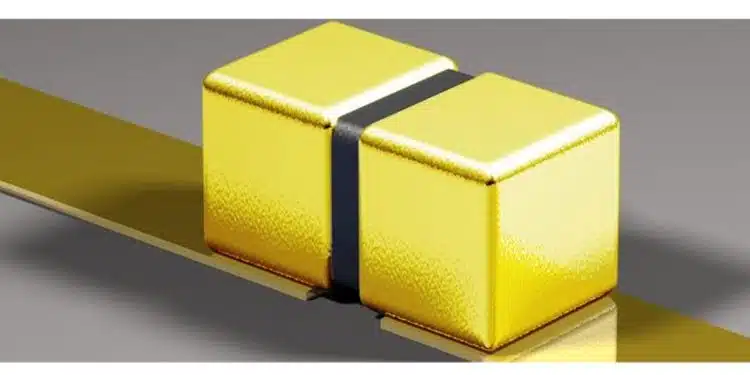Knowles Precision Devices’ SMT Ultra Broadband Capacitors Milli-Cap® are designed to deliver reliable, ultra-low loss operation across a variety of applications including test equipment, fiber optic modules and broadband microwave/millimeter systems as ideal broadband blocking capacitors. It offers low frequency stability over extreme temperatures, space-saving footprints and more.
High-speed broadband and fiber optic devices used across a variety of communication and military and aerospace applications require circuits that couple RF signals.
Since this involves removing the DC component and allowing only the high-frequency AC component to pass or bypass, this can be a complicated process.
The blocking capacitor needs to present a near reflection-less transition at the frequency the line is seeing and at a bandwidth that allows the entire signal to pass without degradation.
While there are a number of broadband blocking capacitors on the market today, many struggle to provide low insertion loss over a broad frequency range. Knowles Precision Devices’ Broadband Milli-Cap® capacitor is designed to be the ideal single-piece construction surface mount (SMT) capacitor for broadband applications up to 50 GHz (most competitors only support up to 40 GHz). Milli-Cap’s voltage rating is the highest in the market while also offering the lowest insertion loss (see Figure 1).

Milli-Cap comes in three case sizes, which is the most options available for a high-performance SMT broadband blocking capacitor (Figure 2).

Milli-Cap capacitors at each of these three case sizes are constructed using a variety of Class I and Class II dielectric materials depending on the temperature needs of the application. Milli-Cap is also orientation insensitive, which means there is no wrong way to attach the capacitor to your assembly. Additionally, Milli-Cap capacitors can be attached to a soft or hard substrate using a conductive epoxy or solder.
To summarize, the key features of our broadband Milli-Cap blocking capacitors are as follows:
- 0201, 0402, and 0602 footprints
- Low-loss, High Q
- Very low series inductance
- Ultra-high series resonance
- Matches typical 50Ω line widths
- Behaves like an ideal capacitor
- Single-piece construction
- Orientation insensitive































